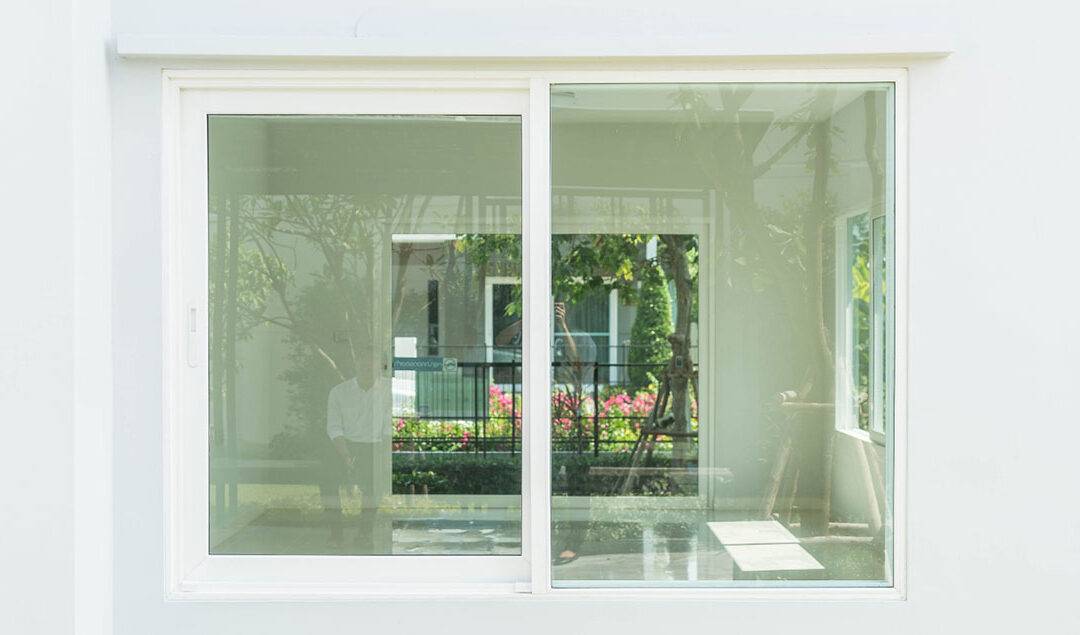City streets grunt, dogs bark, a neighbor slams a trunk at midnight. Those sounds slip through thin glass like pickpockets. You shrug and roll over, yet science shows every extra decibel taxes mind and body. Traffic at 48 dB can jolt you from deep sleep; even a softer 33 dB bump nudges stress hormones awake. Over months, that nightly drip feeds fatigue, foul moods, and slow thinking.
Sleep on the Line
Deep sleep is factory reset for the brain. Noise pushes it into the shallow end, cutting slow-wave and REM cycles. One study clocked reaction times 12 percent slower the morning after a noisy night—even when volunteers thought they had slept fine. Stack those nights and daylight feels heavy: eyelids sag in meetings, patience thins with family, cravings for sugar spike. A bedroom should whisper; instead it mutters like a leaky faucet. That chronic leak erodes immunity, blood-pressure control, and metabolic balance.
Stress and Mood Under Siege
Sound that annoys triggers the same fight-or-flight chemistry as a looming deadline. Cortisol rises, heart rate ticks up, and mood slides. A meta-analysis of 64,210 residents found people highly irked by noise show 23% higher odds of depression and half-again greater odds of anxiety. The body hears threat where the mind hears “just traffic,” and it reacts all the same. Over years, those stress surges carve ruts in mental health, leaving many residents jumpy, tired, and blue without knowing why.
Brain Fog, Kids’ Scores, Daily Grind
Sleep debt clouds memory and focus. In classrooms near busy roads, reading scores sit eight points lower on national tests. Teachers notice fidgeting and short fuses. Adults fare no better: after weeks of chopped sleep, spreadsheets blur and car mirrors hide cyclists. Error rates climb in warehouses and behind the wheel. Noise does not shout these losses; it whispers them, hour by hour, until productivity and safety slip.
Do Your Own Noise Audit
Grab a phone app that logs decibels. Stand by bedroom windows at night, near the TV during rush hour, and beside the crib at dawn. Any spot topping 35 dB at night or 55 dB by day earns a red flag. This ten-minute survey turns vague annoyance into hard data you can act on.
Why Old Windows Wave the White Flag
Single-pane glass blocks about 23–25 dB—barely a polite cough. Double-glazed units climb to 28–30 dB, better yet still porous. Most of the racket that sneaks through a wall—up to half, says the American Society of Acoustical Consultants—slips past the sash. Frame leaks pile on, letting high-frequency hiss ride windlike into hallways. Consider consulting a reputed window replacement Livermore CA service provider for your window upgrade.
Meet Low-E3: Triple Armor for Your Ears
Low-E3 window installation pack three panes, two sealed gas layers, and a microscopic low-emissivity coat. Lab tests logged Sound Transmission Class scores between 34 and 38. That ten-point jump chops indoor noise by 10–15 dB—a drop the ear hears as roughly halving loudness because every 10 dB step feels like a 50 percent cut. In side-by-side field trials, homes on a 55 dB traffic corridor saw bedroom readings fall to a library-quiet 40–42 dB after retrofit.
Heat, Glare, Wallet—Side Perks
The “Low-E” tag on window replacement for homes means infrared heat meets a mirror and heads back outside in summer—or stays inside in winter. Department of Energy modeling shows triple-pane Low-E3 can slash conductive window heat loss by 35–40 percent in mixed climates, trimming annual utility bills 8–14 percent. UV fade drops by two-thirds, saving floors and fabrics. Quiet, comfort, and lower bills ride in the same truck.
Choosing the Right Upgrade
- Frame tightness beats glass thickness. Insist on factory-sealed vinyl, fiberglass, or thermally broken aluminum frames.
- Mind the gap. Wider gas cavities tame bass rumbles; look for at least half-inch spaces filled with argon or krypton.
- Laminated glass calms the boom of heavy trucks or weekend fireworks. A clear plastic interlayer adds 2–3 STC points.
- A pro install seals the deal. Flashing tape, backer-rod, and foam turn sill and jamb into a vault door.
- Scan the label. The National Fenestration Rating Council posts U-factor, SHGC, and tested STC—your nutritional panel for windows.
Payback in Dollars and Value
A typical retrofit window replacement cost runs at $600–$850 per opening. Ten windows cost what a mid-size sedan does, yet the math pencils out. The average U.S. household spends about $2 ,000 a year on heating and cooling. Shaving even 10 percent saves $200; add measured productivity gains—studies peg well-rested workers at 5 percent higher output—and the upgrade buys itself back in five to seven years. Search for “window fitters near me” to find the best affordable window replacement nearest to you.
Final Word
Noise hides in plain sight, yet its fingerprints cover health, mood, and focus. Upgrading the glass between you and the outside turns down that silent thief. Low-E3 windows will not mute the world, but they hand you the volume knob—granting nights that heal and days that hum. Trade rattling panes for triple-layer calm, and let quiet work its steady magic.

